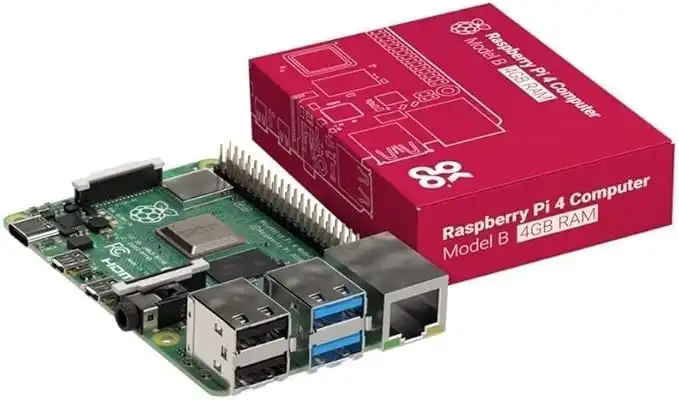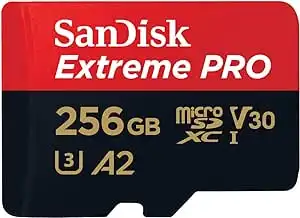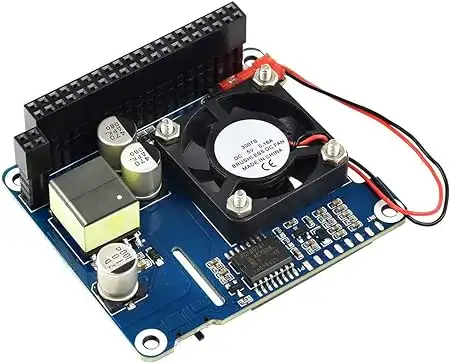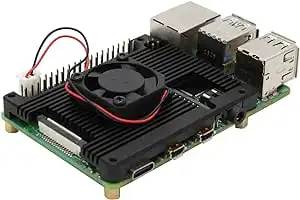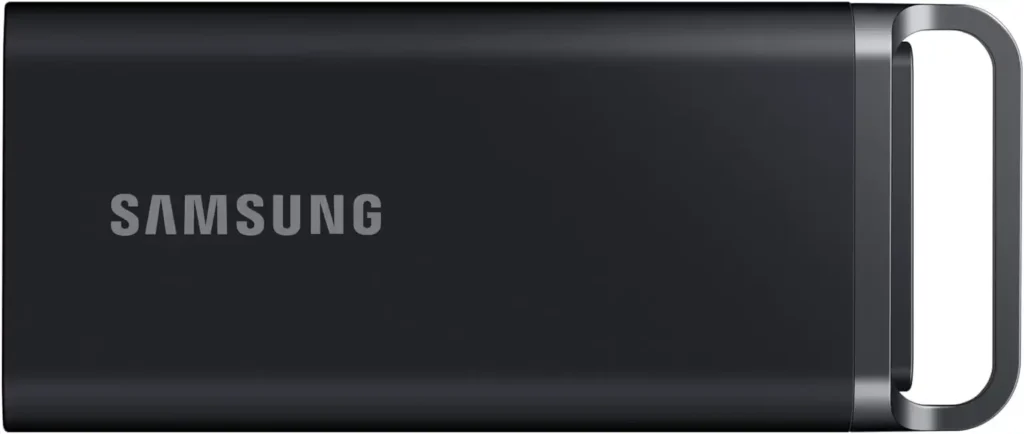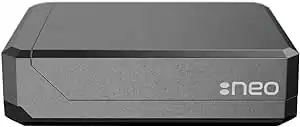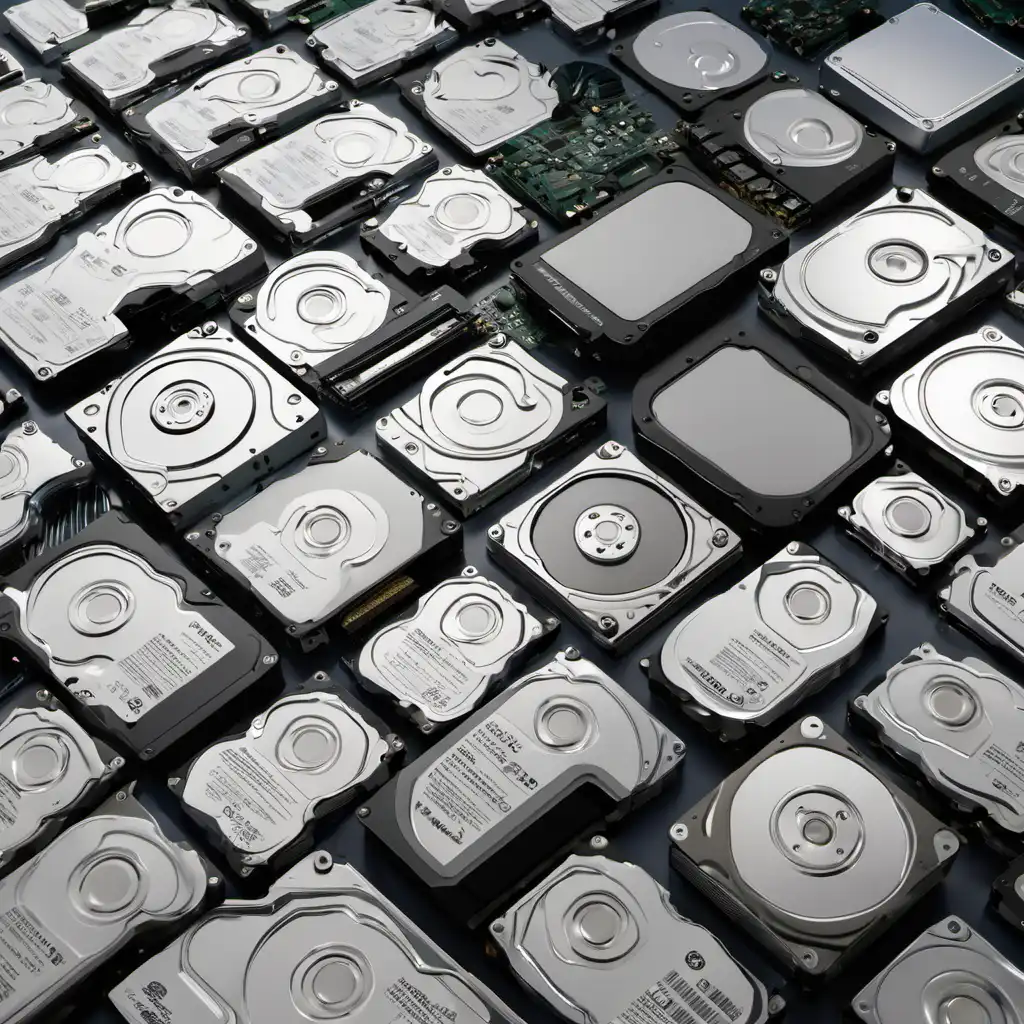Introduction
In the dynamic realm of data storage, RAID (Redundant Array of Independent Disks) stands as a fortress, offering both security and efficiency. Understanding when and why to consider RAID can be pivotal for businesses and individuals aiming to safeguard their data and ensure seamless operations.
When to Consider RAID
- Data Protection and Redundancy:
RAID is a game-changer when it comes to protecting valuable data. By distributing data across multiple disks, RAID provides redundancy, ensuring that if one disk fails, your data remains intact. This is crucial for businesses that cannot afford downtime or data loss.
- Increased Performance:
For those seeking enhanced data performance, RAID delivers by striping data across multiple disks. This parallel processing significantly boosts read and write speeds, making it an ideal solution for applications requiring swift data access.
- Business Continuity:
RAID’s ability to maintain operations even in the face of hardware failures contributes to business continuity. This ensures that critical systems remain operational, reducing the impact of potential disruptions.
Benefits of RAID
- Data Security:
RAID provides an additional layer of data security through redundancy. With mirrored copies or parity information spread across disks, the risk of data loss due to disk failure is substantially minimized.
- Improved Performance:
By distributing data across multiple disks, RAID enhances read and write speeds, resulting in improved overall system performance. This is particularly advantageous for applications that demand high-speed data access.
- Scalability:
RAID configurations offer scalability, allowing users to expand storage capacity as their needs grow. This flexibility is invaluable for businesses experiencing data expansion without the hassle of migrating to a new system.
Downsides to Consider
- Cost:
Implementing RAID can be associated with additional costs, particularly when opting for more advanced configurations. The investment in multiple disks and specialized hardware may be a consideration for budget-conscious individuals or small businesses.
- Complexity:
RAID configurations can be complex to set up and manage, requiring a certain level of technical expertise. This complexity may pose a challenge for users who are less familiar with storage system intricacies.
- Not a Substitute for Backups:
While RAID provides a level of data protection, it should not be considered a substitute for regular backups. RAID protects against hardware failure, but data corruption, accidental deletions, or other issues may still require a comprehensive backup strategy.
Different RAID levels and technologies
RAID 1, RAID 5, and RAIDZ are all different configurations within the RAID (Redundant Array of Independent Disks) system, each offering a unique approach to data storage, redundancy, and performance. Here’s an overview of the key differences between RAID 1, RAID 5, and RAIDZ:
RAID 1 (Mirroring):
Redundancy: RAID 1 focuses on data redundancy by mirroring. In this configuration, data is duplicated across two or more drives (mirrored), creating an exact copy of each piece of data on separate disks.
Performance: Read performance is generally improved since data can be read from multiple drives simultaneously. However, write performance may not be as efficient as in RAID 0 (striping) configurations.
Fault Tolerance: RAID 1 provides high fault tolerance because if one drive fails, the system can continue to operate from the mirrored drive(s). However, the capacity is limited to the size of a single drive since all data is duplicated.
Redundancy: RAID 5 uses a combination of striping and parity to achieve redundancy. Data is striped across multiple drives, and parity information is distributed among the drives as well.
Performance: RAID 5 offers a good balance between redundancy and performance. It provides faster read and write speeds compared to RAID 1 since data is striped, and parity calculations enhance fault tolerance.
Fault Tolerance: RAID 5 can withstand the failure of one drive without losing data. The parity information allows the system to rebuild the lost data on a replacement drive.
RAIDZ (ZFS File System):
Redundancy: RAIDZ is specific to the ZFS (Zettabyte File System) and provides a form of RAID-like redundancy for file systems. It utilizes a variable stripe width and parity to protect against drive failures.
Performance: RAIDZ, like RAID 5, balances performance and redundancy. It offers good read performance but may experience a performance hit during write operations due to parity calculations.
Fault Tolerance: Depending on the specific RAIDZ level (e.g., RAIDZ1, RAIDZ2, RAIDZ3), the system can tolerate one, two, or three drive failures without data loss. The higher the RAIDZ level, the greater the fault tolerance, but it comes at the expense of usable storage capacity.
In summary, RAID 1 (mirroring) provides simple redundancy, RAID 5 (striping with parity) balances performance and fault tolerance, and RAIDZ is a specific implementation within the ZFS file system that combines striping and parity for enhanced data protection and flexibility. The choice between them depends on factors such as desired performance, fault tolerance, and the specific requirements of the storage environment.
Conclusion
In the ever-evolving landscape of data storage, RAID emerges as a formidable solution offering a balance between performance and security. When considering RAID, weigh the benefits of enhanced data protection and performance against potential downsides such as cost and complexity. Ultimately, RAID plays a pivotal role in fortifying data integrity and ensuring a seamless digital experience for businesses and individuals alike.


